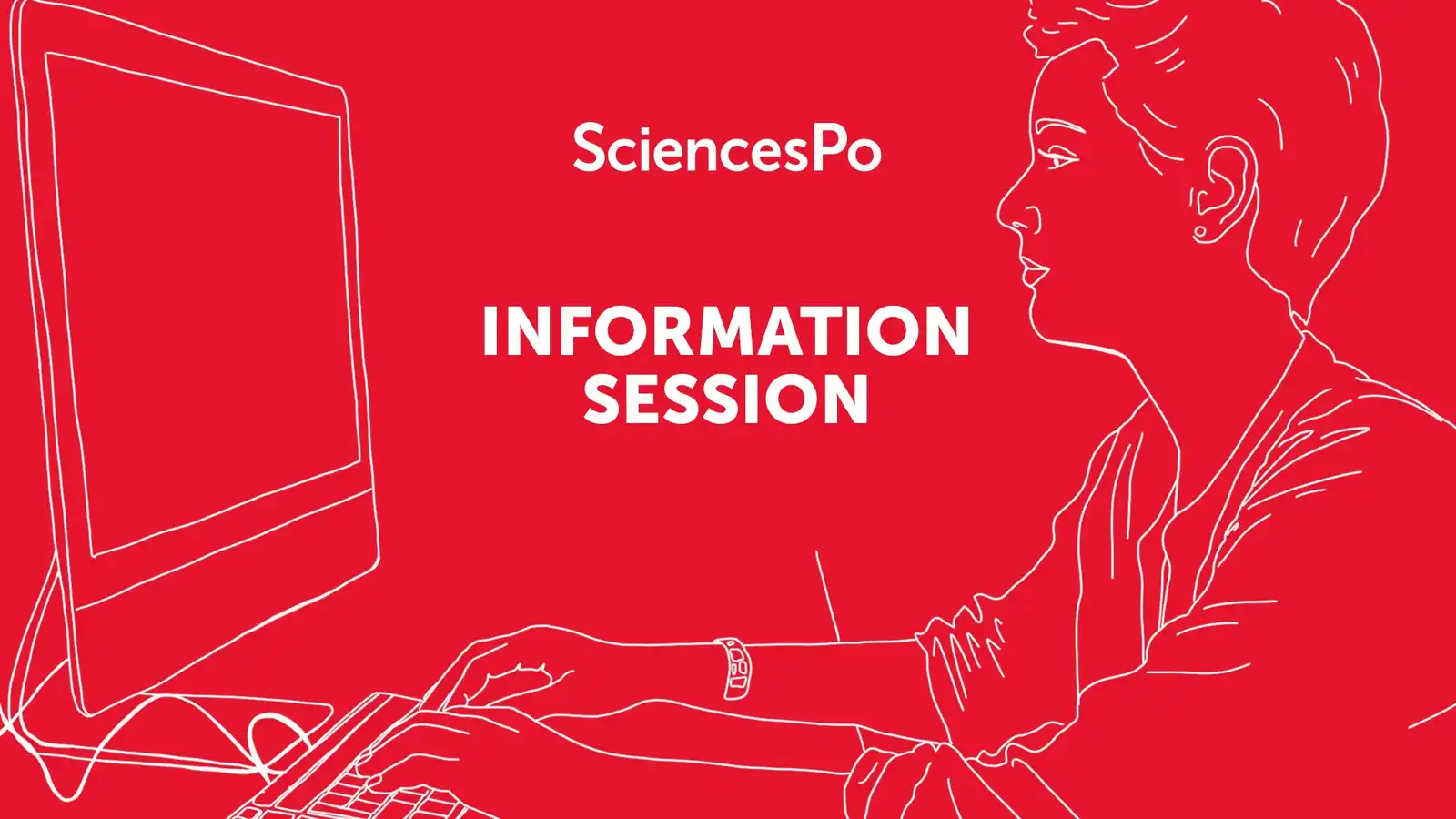Home>Group projects : the final presentations started!
03.06.2019
Group projects : the final presentations started!
THE PERIOD OF RENDERING OF GROUP PROJECTS HAS JUST BEGUN. DISCOVER THE WORK OF OUR STUDENTS.
What is a group project?
Called also capstone or workgroup, this highlight of Master's degrees puts the students in professional situation. These have to answer to an order of a private or public structure on an urban or territorial problem (housing environment, planning, economic development, transport, mobility, etc.).
During 5 to 9 months (according to the course), every team from 4 to 5 students works under the supervision of a tutor, a specialist of the handled question. The project ends in an oral presentation of the students to the commissioning organisation. This period of renditions takes place of the end of May to the middle of June.
The Project "Social integration: establishment and development of a third place for the public"
Commissioning organisation: Le Jardin du Piqueur of Saint-Cloud, insertion site of the association Espaces, member of Emmaüs France, associating environmental awareness, agricultural production and association coffee.
Students: Fanny Chevalier, Marcel Farge and Héloïse Legangneux from the dual degrees Urban Policy and Comparative Urban Governance
Work carried out:
"We have carried out three missions, all of which are designed to help the Jardin du Piqueur to develop.
The first two missions, the realization of a benchmark of similar structures and the production of a public questionnaire, enabled us to conduct a field study necessary for the successful completion of the last mission. We gained a better understanding of the Garden’s competitive environment, its strengths and watchpoints, as well as the needs and expectations of its target audiences. We started with these results to achieve the third mission of our collective project: the creation of an action plan for the Garden. What would we do if we were in charge of its development?
This last work made it possible to provide recommendations on three major aspects: the identity of the place, its communication and its readability on the spot. We have therefore defined the Garden’s identity around its vocation as an integration site and by building three pillars of immediate identification (environment, culture and solidarity). We then thought of an adapted website, clear and dynamic support of this identity. For the third part of the recommendation on on-site readability, we created a site map, made specifications for a graphic design, proposed signage ideas, and finally recommended setting up guided tours. Finally, we made a few more targeted recommendations: highlighting the history of the place, developing local and broader partnerships, and developing new workshops."
Information Sessions: Masters

Find out more about the Masters programs and the wide choice of specialisations offered by the 8 Schools of Sciences Po during our webinars dedicated to applicants.